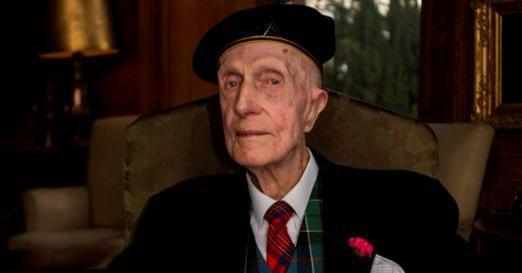Perhaps it’s because they have far too much money and free time on their hands. Or maybe it’s genetic. But whatever the reason, Britain’s aristocracy has a long history of producing eccentric individuals. Indeed, many of the best-loved personalities in British history had their own, unique and quirky ways that made them stand out from the crowd.
In most cases, such eccentrics were largely harmless. They used their inherited wealth and the privileges that came with their social status to indulge their own quirks and passions. In other cases, though, they were more malevolent, often bullying their servants or neglecting their families and friends.
While any list of Britain’s eccentric aristocrats could be much longer, here we have just ten of the best examples of what can happen when a man has too much money and no real responsibilities:

Lord Rokeby
Matthew Robinson, the 2nd Baron Rokeby, was arguably just a man who was many years ahead of his time rather than a true eccentric. Indeed, his love of nature and personal freedom and his shunning of conventional norms might be seen as pretty mainstream today. However, in 19th century England, and in the refined and restricted upper echelons of society, in particular, he was dismissed as a deviant or even worse.
Born in the county of Kent in 1712, Lord Rokeby came from distinguished stock. His father was fabulously wealthy and had served King George II and even his sisters were high-flyers in London society. However, while he followed convention and did what was expected of him by first attending the prestigious Westminster School and then reading law at Cambridge, he soon rebelled. A visit to Germany as a young man opened his eyes to the health benefits of bathing in cold water – and Lord Rokeby’s life was transformed.
Rather than living the life of a rich gentleman in London, Lord Rokeby took up residence by the Kent coast. He would go down to the sea every day without fail, swimming in the cold waters whatever the weather. At times he had to be rescued after almost drowning due to the cold or from exhaustion. But even this didn’t deter him. His daily habit became famous and people would go to the coast just to watch him. After all, this was a time when nobody swam, especially in the sea, and especially not an aristocratic gentleman.
If the swimming was seen as odd, so too was Lord Rokeby’s facial hair. In an era when all the men were clean-shaven, he let his beard grow all the way down to his knees. Again, people would make an effort to try and see him for themselves. Sadly, his eccentric ways led to rumors starting. Some said he was a misanthrope or mentally deranged. There were even claims that he was a cannibal. In reality, he was just a nature-loving, slightly eccentric loner, and, by all accounts, a charming and considerate gentleman who treated his servants and those living on his estate very well. And, perhaps Lord Rokeby had the last laugh after all. He died in 1800 at the age of 88, long outliving many of those who mocked him for believing that daily swims could be good for his health.

